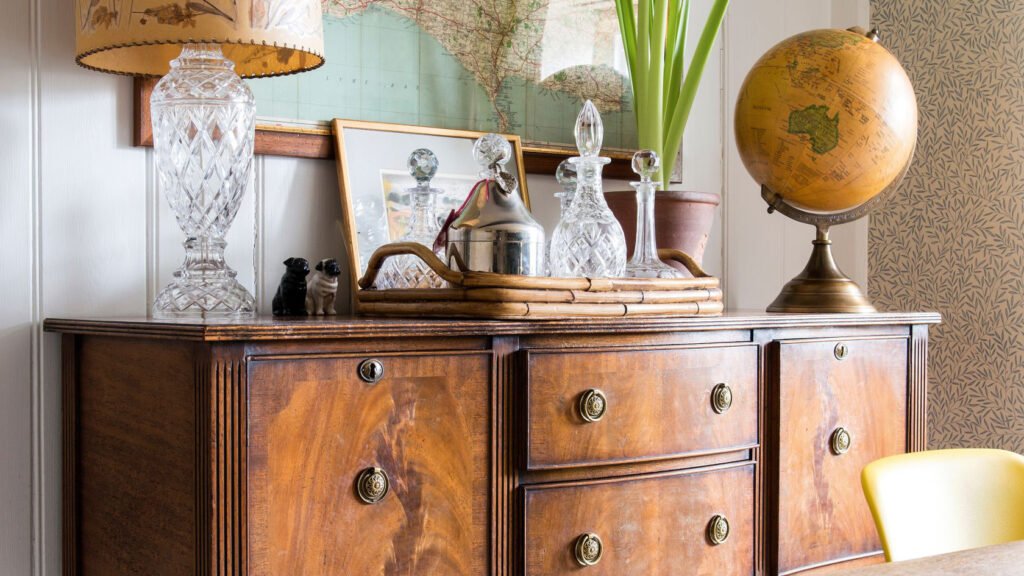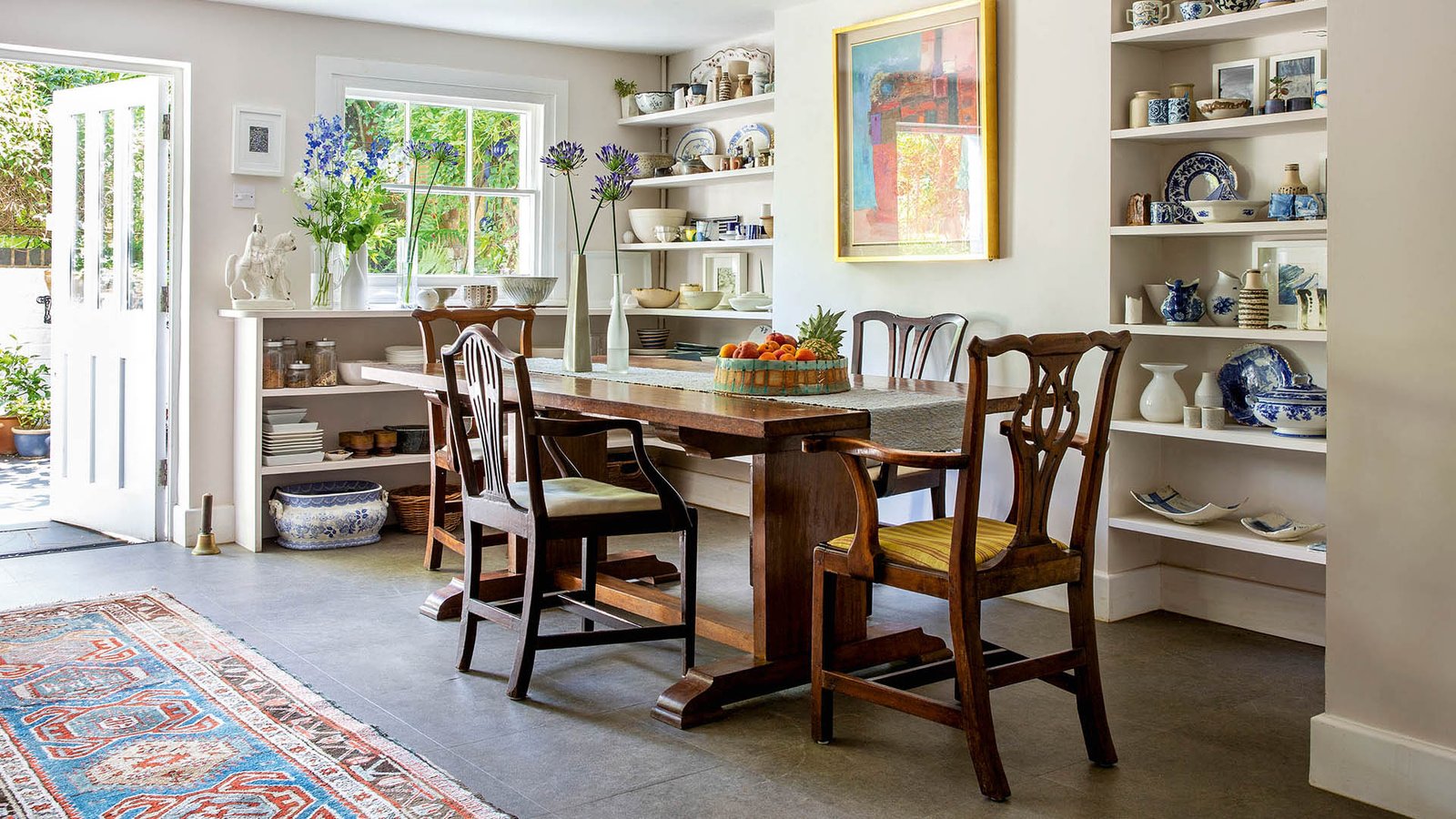
Restoring Old Timber Furniture to Its Original Glory
Old timber furniture carries character, history, and craftsmanship that mass-produced pieces often lack. Over time, wear, scratches, and fading can diminish its beauty. Restoring timber furniture revitalizes its appearance, preserves its value, and extends its lifespan. With the right techniques, even heavily worn pieces can regain their original glory.
Assess the Furniture
Before starting restoration, carefully examine the piece. Identify scratches, dents, water damage, loose joints, or areas with worn finishes. Understanding the condition helps determine the steps needed, whether cleaning, sanding, repairing, or refinishing.
Clean Thoroughly
Start with a gentle cleaning to remove dirt, dust, and grime. Use a soft cloth with a mixture of mild soap and water or a wood-specific cleaner. Avoid soaking the wood. Cleaning reveals the true condition of the timber and prepares it for restoration.
Repair Damages
Address structural issues such as loose joints, broken legs, or missing pieces. Use wood glue, clamps, or screws for stability. Small dents can often be raised by applying a damp cloth and gentle heat with an iron. Repairing the structure ensures the furniture remains functional.
Sanding and Surface Preparation
Lightly sand the timber to remove old finishes, scratches, and surface imperfections. Use fine-grit sandpaper to avoid damaging the wood grain. Sanding creates a smooth surface ready for polishing, staining, or painting. Always sand in the direction of the grain for best results.
Restore the Finish
Choose a finish that complements the original look. Options include natural oils, wax, varnish, or stain. Oils penetrate and nourish the wood, enhancing grain and color. Wax adds shine and protection, while stains can restore lost color. Apply the finish evenly and allow proper drying between coats.

Polish and Protect
After refinishing, polish the timber with a soft cloth to bring out a natural luster. Regular polishing and protective measures, such as using coasters and avoiding direct sunlight, help maintain the restored furniture’s beauty for years.
Optional Decorative Enhancements
If desired, add subtle decorative touches like new hardware, upholstery, or carvings. These enhancements can modernize the piece or highlight its unique craftsmanship without compromising authenticity.
Conclusion
Restoring old timber furniture preserves history, enhances aesthetic appeal, and extends functionality. By carefully assessing, cleaning, repairing, sanding, and refinishing, worn pieces can regain their original glory. With proper care and attention, restored timber furniture continues to add warmth, elegance, and character to your home for decades.




